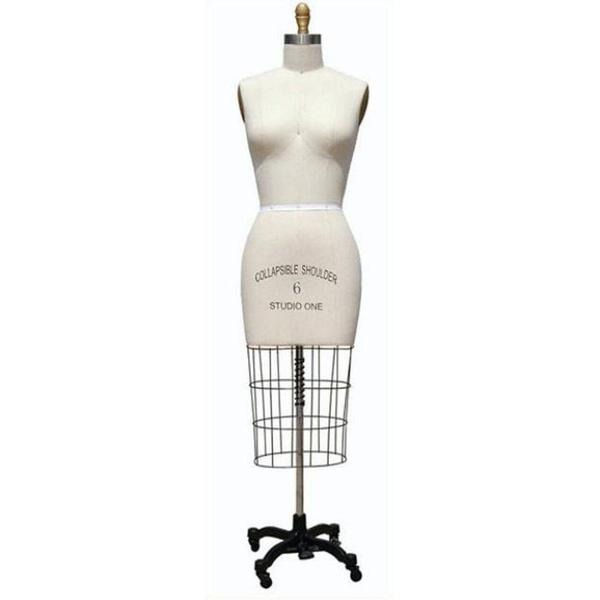How to standardize number of garments on a marker as per order Quantity?
- Bhagchand Rajak

- Sep 17, 2021
- 3 min read
Fabric consumption depends greatly on the amount of clothes on a marker because the more the amount of garment patterns on a marker the higher is that the marker efficiency. So a 6 way marker will have better marker efficiency than a 4 way marker which suggests that fabric consumption are going to be lesser for higher way markers. Therefore, standardizing the amount of the way is extremely important because only then we'll be ready to control the material consumption.
Note: Number of the way is an ambiguous term it’s right usage refers to the direction of cloth but in marker making it's been referred as number of clothes . Though I don’t like this ambiguity and instead wish to call 4 way as 4G but I even have used “way” during this post for simplicity.
Deciding the amount of the way is usually left to the experience of the cutting or CAD department in-charge and better management haven't any means to spot if the markers are made with the simplest number of clothes thereon .
Though deciding the amount of clothes on a marker require technical expertise it are often standardized with a touch little bit of research. during this post we'll be discussing about the deciding factors for max number of clothes on a markers or deciding factors for number of the way on marker.
Number of the way on a Marker:
The number of the way on a marker are decided supported the subsequent factors:

Order Quantity and Size ratio
Fabric’s yarn Composition
Type of Fabric(Solid/Stripes/Checks)
Center to selvedge variation grade
fabric Defects(Bowing/Skewing)
All this factors has got to be considered in conjunction with one another to conclude the amount of clothes to be placed on the marker.
1. Order Quantity and Size ratio
It is important to strike the balance between the amount of plies and therefore the number of clothes in marker. If we aren't ready to utilize the utmost number of plies we should always not be making higher way markers.
For a little order Quantity we'll not be ready to lay the utmost number of plies which will be laid if the amount of clothes on the marker is more. For example: 100 plies of two way marker(S,M) will become 50 plies of 4 way marker(2S,2M) if we increase the amount of the way . which can increase the amount of cuts therein marker and increase the add cutting. It is therefore clear that if the order qty is a smaller amount the amount of the way on marker also will be less.
How to standardize number of clothes on a marker as per order Quantity?
It are often done by testing on some sample cut plans. I did this testing and therefore the results were this:
Assuming that the sizes within the order are within the following ratio
S M L XL XXL
1 2 3 2 1The maximum number of garments in a marker as per the order quantity will be:
Order Quantity Less than1000 1001-2000 Greater than 2000
Max. No. of
Gmts in a marker 4 6 8-10
Note: it's highly unlikely to spread quite 10 way marker because it'll require a really long cutting table.
2. Fabric’s yarn Composition:
The composition of cloth define characteristics like feel, stretch, grain etc. but the sole thing that concerns us is that the disoriented grain line. Linen fabrics have disoriented grain line so longer lays can’t be laid for these sort of fabrics.
3. Fabric type(Solid/Stripes/Checks):
Solid, stripes and checks fabric comes with different requirements during marker making. as an example ,
A. Solid:
Solid Fabrics doesn't require matching and bowing and skewing may be a lesser problem ,Therefore it's possible to get the utmost number of clothes on markers for cutting solid fabric if other criterion doesn't create any problem.
B. Checks:
Checks fabric shows bowing and skewing evidently, requires matching and possesses repeat variation. If repeat variation is 1 mm it'll get added up at the top of the marker and that we would presumably be unable to chop if longer lays are laid. Therefore number of clothes on the marker for checks fabric can't be more.
C. Stripes:
Just like checks stripes also shows bowing and skewing evidently but requires limited matching and also possesses repeat variation. therefore the number of clothes on stripes marker can't be higher. But It are often above checks depending upon the sort of stripe( horizontal or vertical) and therefore the matching requirements.
4. Center to selvedge variation grade (CSV grade):
CSV shade variation dictates the amount of clothes on a marker as per the below table:
S.NO GRADE EXPLANATION ARRANGEMENT MAX. NO. OF
OF GARMENTS GARMENTS THAT
CAN BE LAID



コメント